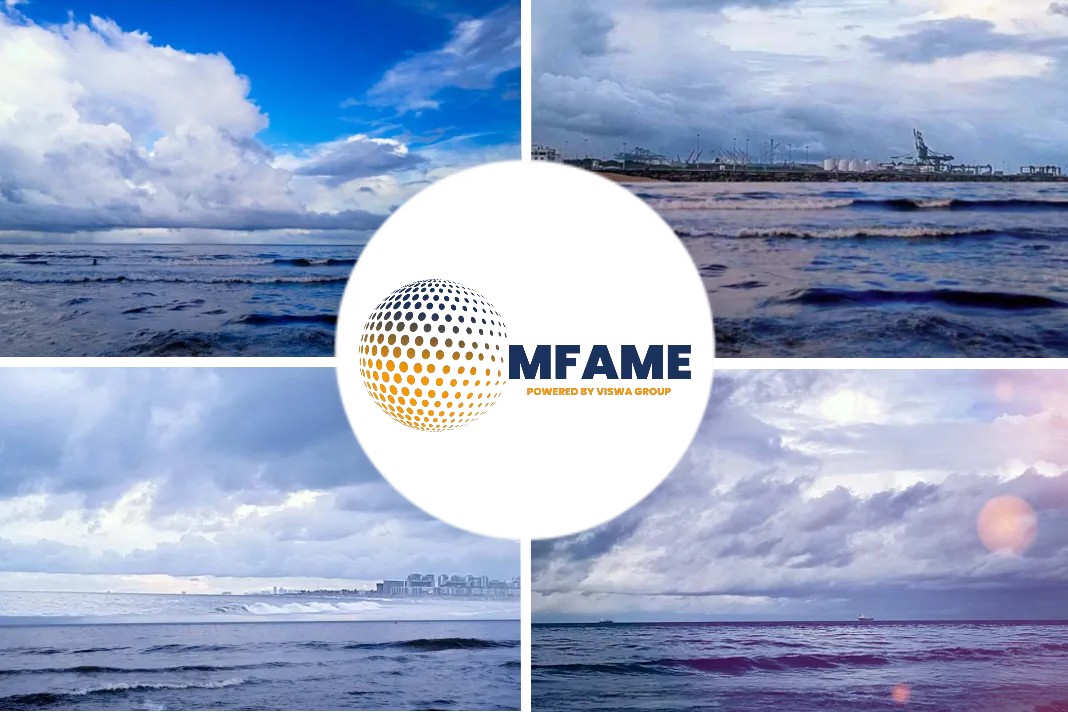Digitalization will drive Singapore’s future energy demand growth, but also offer solutions to the climate challenge, experts said at a recent industrial forum hosted by Singapore-based carbon exchange, MetaVerse Green Exchange, reports SP Global.
Power demand
This is in line with the global trend of new electricity demand coming from sectors like electrification of transport and internet of things, which requires power grids to be redesigned and digitized. The digitization of grids, however, also allows for better integration of renewables and deployment of policy tools like carbon measurement and trade.
Wen said data centers consumed around 2% of global electricity in 2020, implying Singapore’s share of electricity demand from data centers was above the global norm. By 2028, global carbon emissions from data centers are likely to overtake both shipping and aviation, becoming one of the largest sources of emissions, he added.
Digitalization of the grid
Data centers are large-scale computing infrastructure that support different industries and facilitates data processing, transmission, and storage.
They typically need baseload power supply that is stable round the clock such as coal or natural gas, and utilities face the challenge of integrating a higher percentage of intermittent renewables supply, unless backed by expensive solutions like utility-scale battery storage.
Data centers also generate large amounts of heat and need large amounts of energy for cooling, due to which many tech firms have located their systems in colder Arctic regions.
Singapore’s tropical climate and a power mix dominated by natural gas, which is carbon-intensive but capable of providing stable power supply, creates some challenges for Singapore in accommodating new power demand from data centers, Wen said.
However, he said digitalization enables better planning of cooling systems that can respond quickly to temperature changes, optimize electricity consumption and reduce the number of breakdowns.
There’s “a wide spectrum of mentality” among data center operators when it comes to adopting new energy saving technologies, and some old systems have been operating for over 20 years, creating barriers to improve energy efficiency, Wen said.
According to Energy Market Authority of Singapore, by 2050, electricity imports will become the dominant source of the nation’s power supply, to be realized with regional power grids and undersea cables.
Wen, whose research includes creating a “metaverse” of power grids and virtual power plants, said his team is connecting simulators in India, Australia, and Singapore and testing solutions like imported electricity digitally before physical implementation.
Tracking carbon footprint digitally
Digitalization also enables the tracking of the carbon footprint of a product throughout its life cycle and along the supply chain, experts said at the forum.
“Singapore can leverage its strategic position as a major logistic and trading hub, conducting carbon measurements of products, and offset their emissions with carbon credits,” Bai Bo, CEO of MetaVerse Green Exchange, said.
Bai said his exchange’s development of Non-Fungible Digital Twin (NFDT) technology, which integrates digital twin and blockchain technologies, will help companies overcome challenges in calculating and disclosing their “Scope 3” emissions.
According to the Greenhouse Gas Protocol, Scope 3 emissions refer to all indirect emissions that occur in the value chain of the reporting company, including both upstream and downstream emissions, but excludes indirect emissions from purchased electricity, which is covered in Scope 2.
“It’s a long way to go, but the technology platforms have been established,” Bai said.
Fintech companies in Singapore are in the process of facilitating ESG data collection from companies in different sectors and at different nodes of the global supply chains, Benjamin Soh, Co-founder of Singapore-based Fintech firm STACS, said.
He said, through consolidating information from individual user cases, there is a viable chance to bridge information gaps in between parties and capture Scope 3 emissions along the whole supply chain.
Wen from NTU said digitalization can also facilitate the simulation of different activities, predicting the carbon footprint with reliable accuracy even without the actual data. So-called Digital Twin technologies for instance are being used in several industries to build simulations.
Wen said the Destination Earth project supported by the European Commission has developed a digital model of the Earth to predict the impact of climate change. “It is worthwhile to develop a localized model, so as to enhance the accuracy of the prediction for our region,” Wen told S&P Global Commodity Insights on the sidelines of the forum.
Did you subscribe to our daily Newsletter?
It’s Free! Click here to Subscribe
Source: SP Global






















